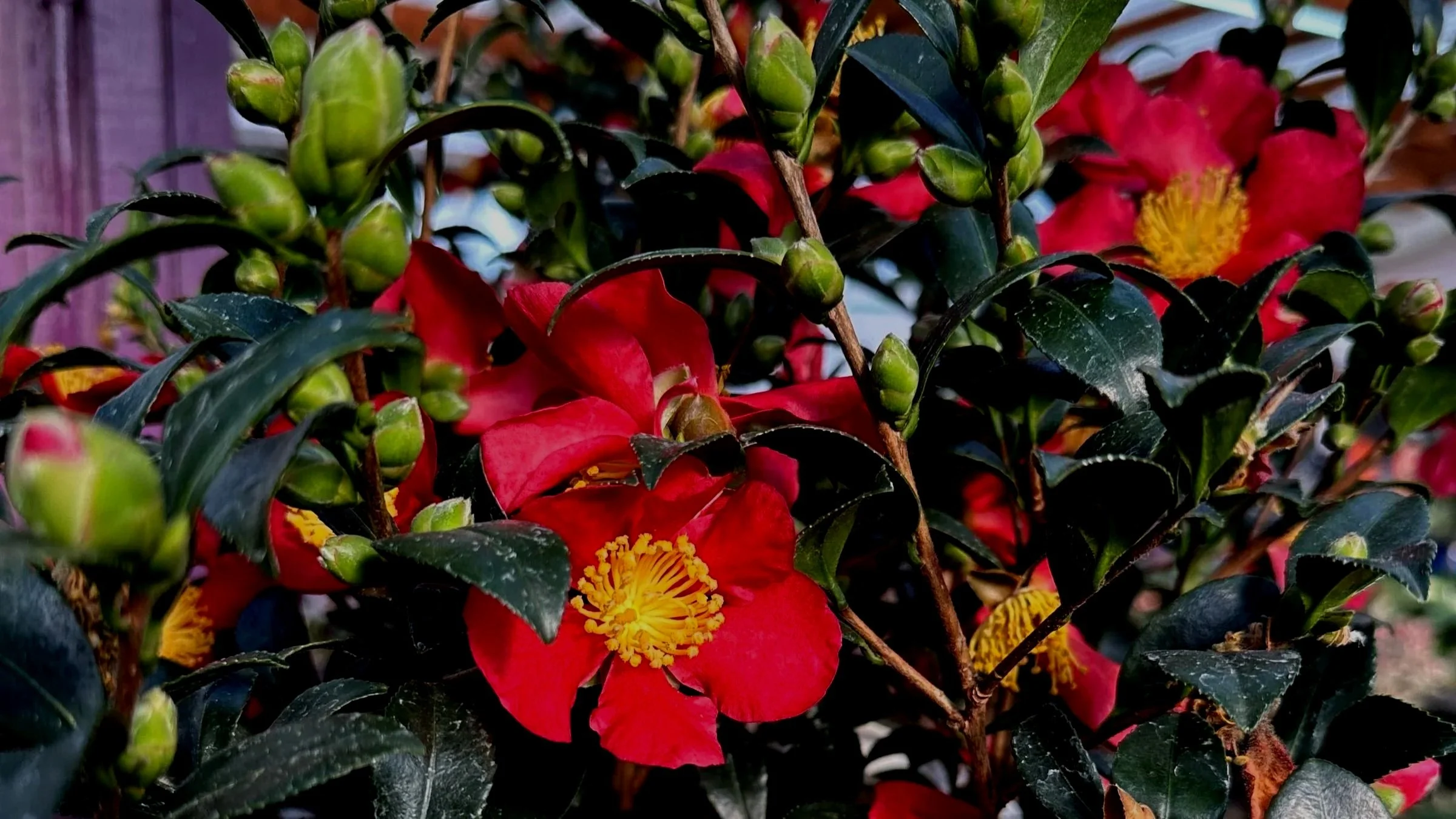For all you hard core veggie gardeners out there you probably already know that March is a good time to get started on the veggie garden. But first timers may not realize that there are really two seasons to plant veggies (and I suppose a third in the fall) and that we can’t just plant everything all at one time.
In March and April we have what we call the “cool season” in which we can plant root crops like potatoes and carrots and onions and radishes, leaf crops like lettuce and spinach and cabbage and broccoli and finally peas. All of these crops demand a cool soil and cool air temperatures to perform their best. When it starts to get too warm they will mature rapidly and go to seed. Anyone that has grown spinach knows how fast spinach can send up a flower stalk (we call this bolting) and no longer becomes edible.
It is the soil temperature that really separates “cool season” crops from the next group called “warm season” (A soil thermometer will let you know what temperature your soil is). Warm season veggies are those that get planted in May and June when hopefully the soil has warmed up to above 55 degrees.
Getting our soil prepared as soon as possible by tilling and working in lots of compost and organic fertilizer will help get air into the soil and consequently warm things up. Raised beds are superb for warming up soil early because the sun will not only shine on the soil surface but also the sides of the beds. One can also put black plastic over a garden bed in the winter which will keep the water out, the weeds from germinating and the black plastic will absorb a ton of heat when the sun is out. We can talk more about these tricks when we get into warm season veggies in May.
Fortunately for cool season veggies we are not as concerned about soil temp as with tomatoes and peppers and cukes, all of which will rot if planted now. For planting this time of year the most important tasks are getting rid of winter weeds, amending the beds with fresh compost and incorporating some slow release organic fertilizer. Then it’s just a matter of deciding if we want to plant seeds or transplants. Most root crops like carrots and radishes can only be planted from seed but others like beets can be purchased already sprouted. If you have planted seeds in the past and found that they are too close together try using a seed tape or disc that has the seeds pre-spaced. Botanical Interest Seed Company sells several varieties in these tapes and discs and it sure makes life easier. For crops like cabbage and broccoli it makes more sense to buy a half dozen transplants rather than mess around with a pack of seeds since most of us don’t need 4 dozen plants.
If you really want to learn the fine art of growing cool season veggies then come down to the nursery this Saturday March 28th at 10am for our class presented by veggie gardeners extraordinaire Mary Ann and Andy Sudkamp. You can also purchase the consummate manual for veggie gardening called the Maritime North West Garden Guide for a mere $16.95. It is produced by Seattle Tilth and is an excellent resource.
Here’s to a productive gardening season!


